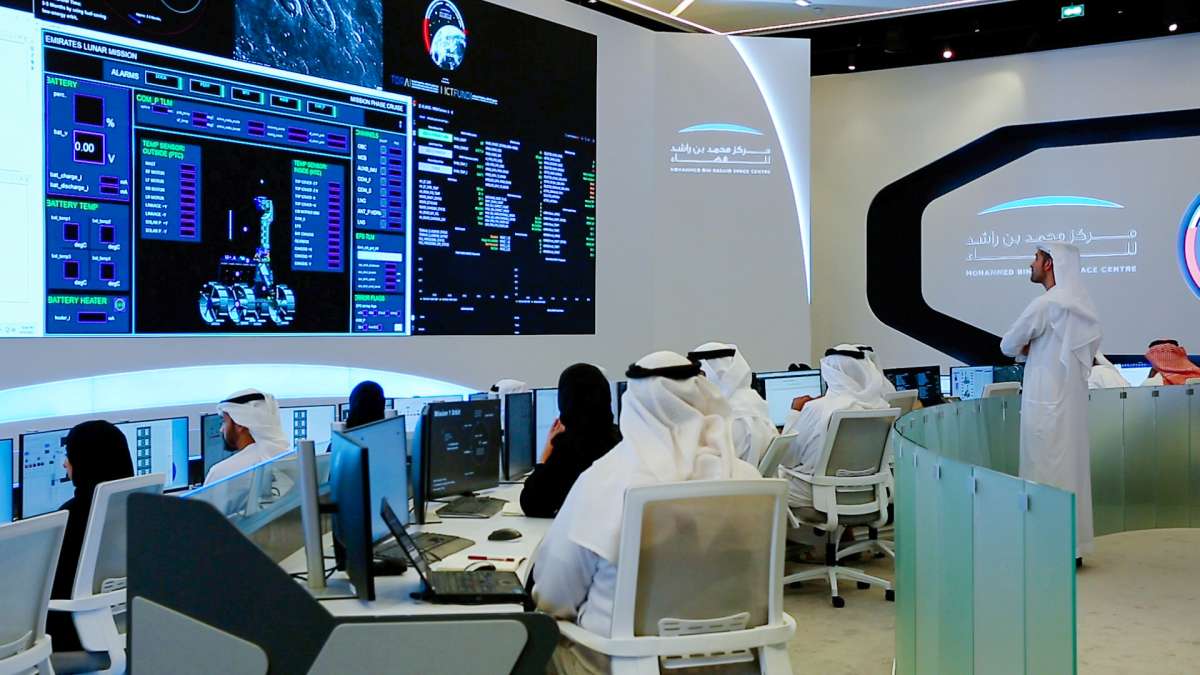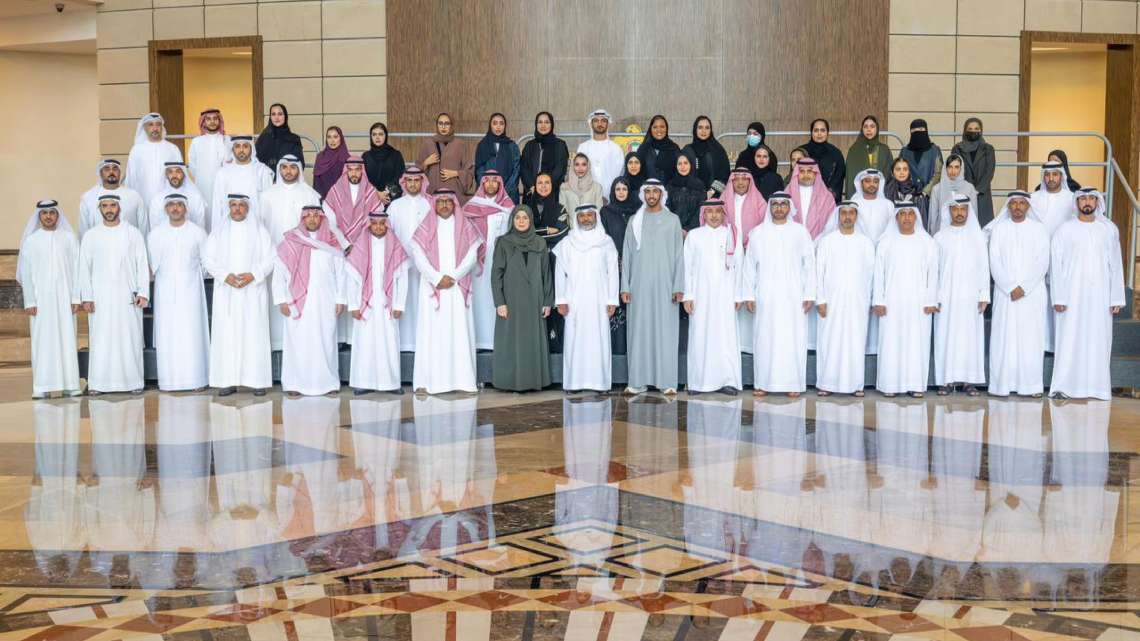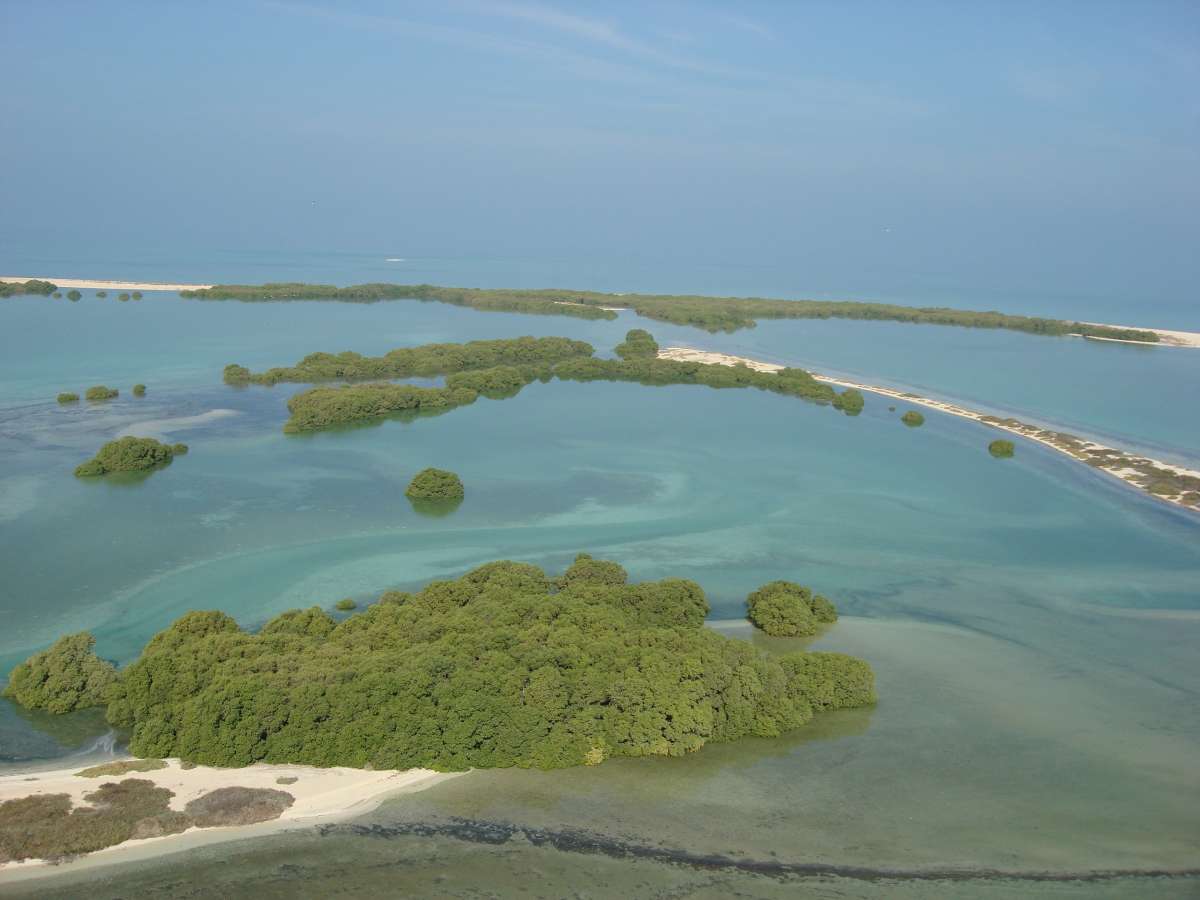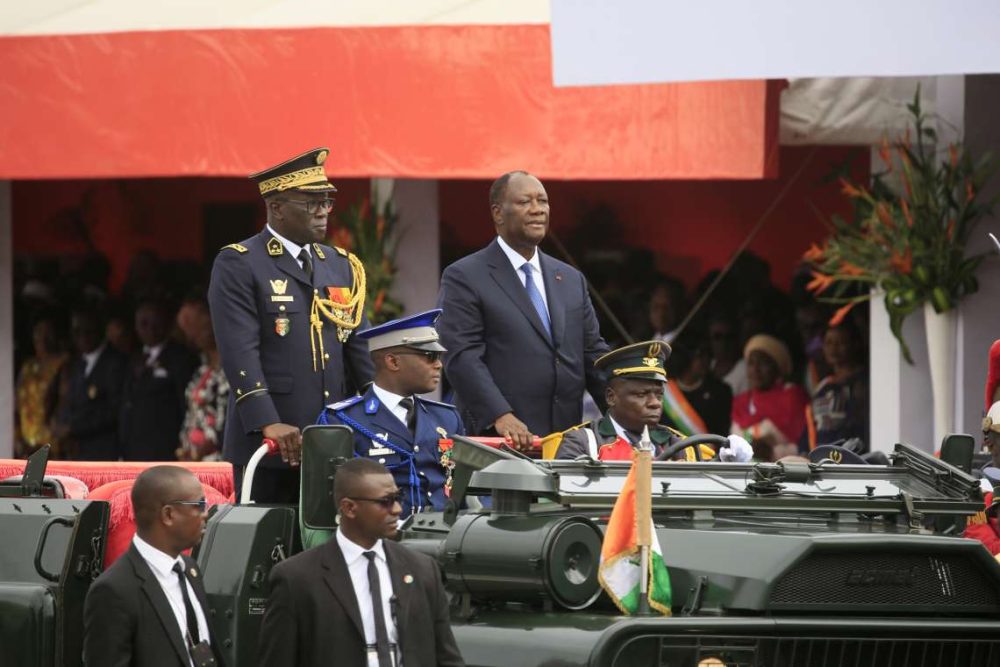The rover is officially in good health and is set for landing after the four-month cruise phase…reports Asian Lite News
The Mohammed Bin Rashid Space Centre (MBRSC) has confirmed the successful completion of the initial health check of the Rashid Rover that lifted off last week from the Cape Canaveral Space Force Station, Florida.
In collaboration with the ispace ground station, the Emirates Lunar Mission (ELM) team established a telemetry lock with the rover yesterday, followed by a two-hour operation where all the subsystems were checked to confirm the health of the rover.
The rover is officially in good health and is set for landing after the four-month cruise phase.
Congratulating the ELM Team members, Hamad Obaid AlMansoori, Chairman of MBRSC said: “We are proud of the successes achieved by this mission. The establishment of communication with the Rashid Rover and the steady progress of the mission convey a strong statement about the nation’s capabilities and its commitment to ensuring the success of the upcoming phases of lunar exploration. The vast scope of our technologies and the ambitious nature of the mission may present challenges, but when they are weighed against the potential discoveries that can benefit the world, our efforts are infinitely worthwhile.”
“We have accomplished the second milestone of the mission, which takes us a step closer to achieving the mission’s goals. With its exceptional objectives, the mission will enhance the UAE’s contribution to humanity’s scientific progress. The mission embodies the UAE’s spirit of innovation and progress, which is driven by the vision of our wise leadership to advance the nation’s scientific achievements.”
Following the telemetry lock, which represents a fixed signal for data transmission, the team at the MBRSC Mission Control Centre will receive telemetry data once every 30 seconds throughout the operation. The telemetry data has confirmed that each subsystem has been powered on. A thermal reading revealed that the subsystems are in good internal health.
“We have completed a full health assessment and the team will continue to monitor the health status of the rover during the journey to the moon on a daily basis. An interplanetary launch is fast-paced and dynamic, and regular communication checks are critical to ensure a stable mission,” said Dr. Hamad AlMarzooqi, Emirates Lunar Project Manager.
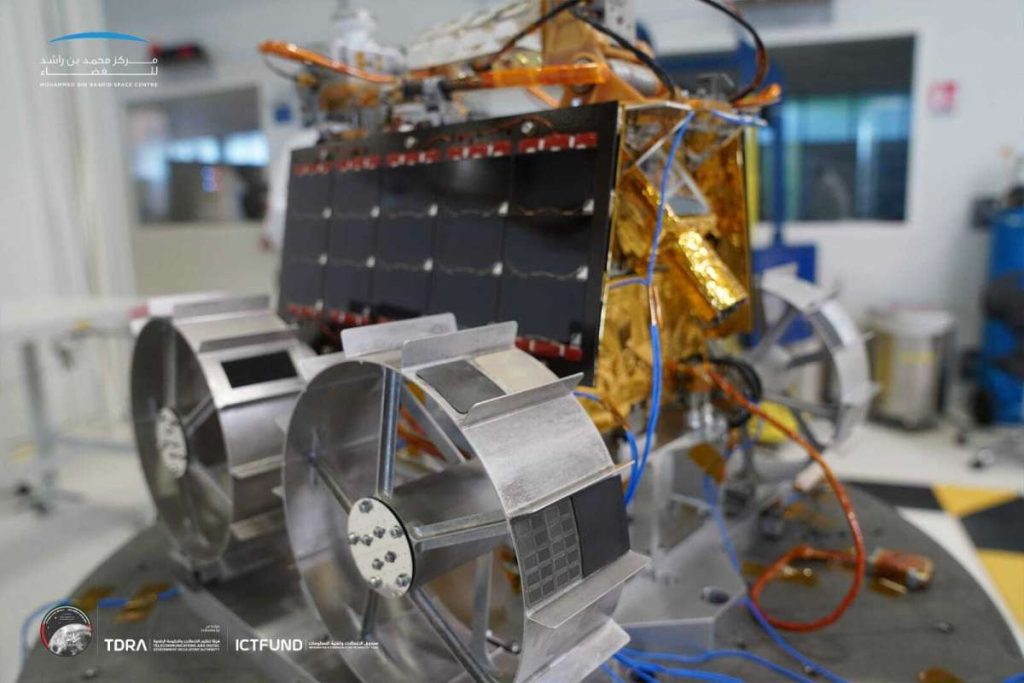
Next milestones
About 46 minutes into the flight, the Lander carrying Rashid Rover was successfully detached, after which the telemetry lock was accomplished. The team is now preparing for other significant milestones.
The mission has entered the Cruise Phase, which could last up to 140 days. Throughout the cruise, the operators will contact the rover almost daily for 10 minutes to perform basic health checks and coordinate with the lander ground control team to ensure the battery charging status of the rover is consistent. The Arrival Phase (Entry, Descent, and Landing), which follows, is the most intense of all, as the lander will have to land on the lunar surface based on its system’s calculation to chart a course for a specific landing spot on the moon.
Once the Lander has touched down on the lunar surface, the Deployment, Commissioning and Drive-off phase will begin. Following the completion of the post-landing checkout, instrument commissioning and initial data collection will commence.
This will be followed by the Nominal Surface Operations phase, the main part of the mission. For 10-12 days, the Rashid rover will be engaged in continuous surface research and image capture.
The final two phases after the lunar day, which lasts 14 earth days, are hibernation, followed by decommissioning. The rover then prepares for the lunar night, which also lasts 14 earth days. When the secondary communication is activated, all information captured is downloaded. The mission will make every effort to ensure that it does not miss any information before the start of the hibernation phase. The chances of the rover restarting are slim. However, if the rover is activated after the lunar night, the mission will be extended to operate throughout the second lunar night, which ends with the decommissioning phase.
The expertise gained from the ambitious mission undertaken by the UAE to study the surface of the moon will support future explorations of other planets, especially Mars, as part of the UAE’s Mars 2117 programme.


